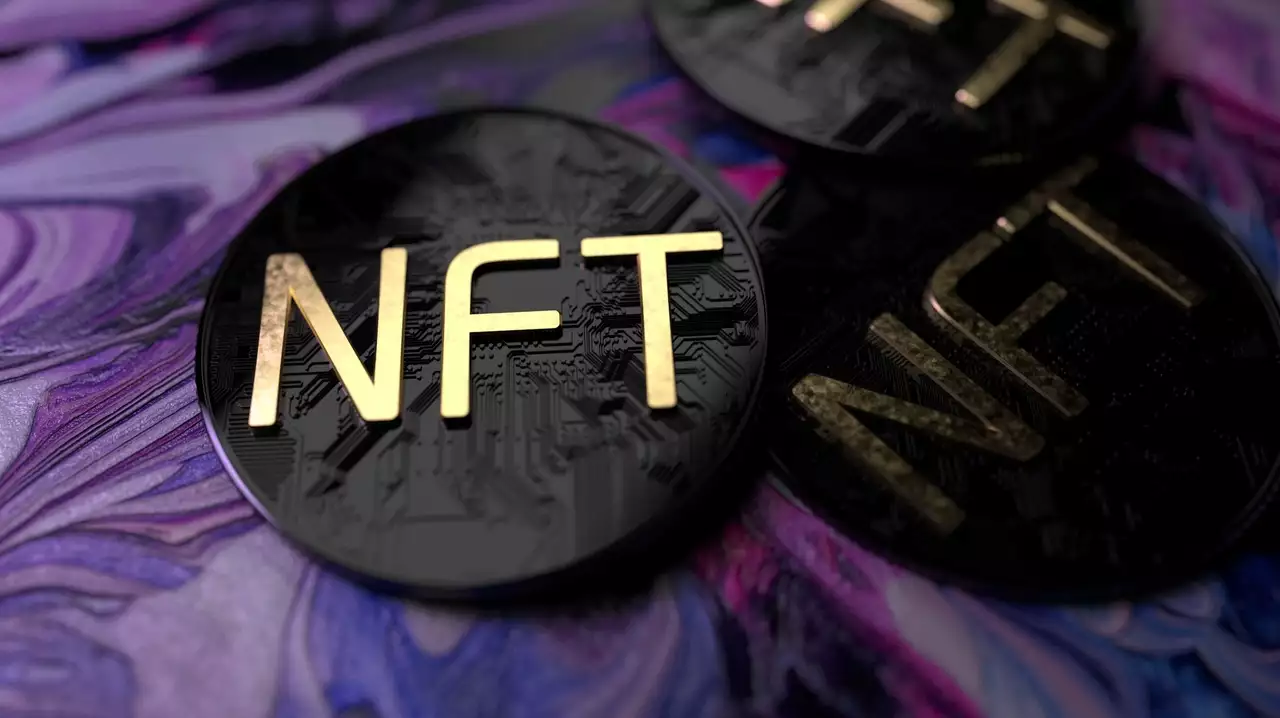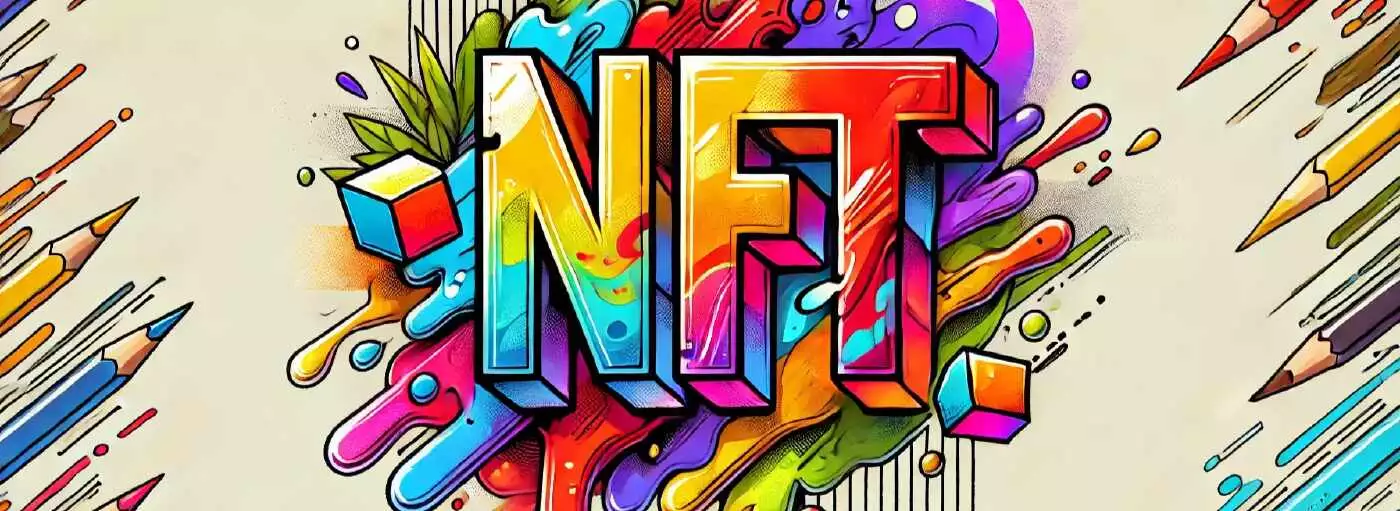The Evolution of NFTs in 2024: Key Trends Shaping the Market
In 2024, NFTs (non-fungible tokens) continue to evolve beyond static digital collectibles, transforming industries and redefining digital ownership.In 2024, NFTs (non-fungible tokens) continue to evolve beyond static digital collectibles, transforming industries and redefining digital ownership. Below are the major trends and challenges in the NFT space this year, reflecting its dynamic growth and increasing integration into various sectors.

Major Trends in the NFT Ecosystem
1. Utility-Driven NFTs
NFTs are no longer just art pieces; they are becoming tools for real-world applications. Projects are offering utility-focused NFTs that grant holders perks such as memberships, exclusive content access, or even voting rights in communities. This shift has broadened the audience and diversified the NFT use cases, making them more appealing to businesses and consumers alike.
2. Integration with the Metaverse
The metaverse has become a central hub for NFT applications. Virtual real estate, in-game assets, and wearable items dominate this space, blending the physical and virtual worlds. Users can interact with their digital assets in immersive environments, providing unique experiences for collectors and gamers.
3. Dynamic and AI-Generated NFTs
Dynamic NFTs, which can change based on external factors or user interactions, have gained popularity. AI-generated NFTs are also revolutionizing digital art by producing unique pieces algorithmically, pushing the boundaries of creativity and ownership.
4. Sustainability and Eco-Friendly Solutions
Concerns over blockchain’s environmental impact have led to a surge in eco-friendly NFT initiatives. Platforms are adopting energy-efficient blockchains or offsetting carbon emissions to attract environmentally conscious users.
5. Fractional Ownership and Hybrid Models
Fractional NFTs allow shared ownership of high-value assets, democratizing investment opportunities. Hybrid NFTs, combining the uniqueness of digital assets with revenue models, are also emerging, giving creators new ways to monetize their work.
6. Interoperability Between Blockchains
NFT marketplaces are working towards interoperability, enabling users to transfer assets across different blockchains. This connectivity boosts liquidity and accessibility, fostering a more cohesive NFT ecosystem.
Challenges Facing the Industry
1. Regulatory Uncertainty
Legal clarity remains a challenge, with regulatory bodies scrutinizing NFTs for potential securities violations. Clear guidelines are needed to ensure compliance and investor confidence.
2. Public Perception
Despite their growth, NFTs still face skepticism due to associations with fraud and speculative trading. Projects need to focus on delivering tangible value to change public opinion.
3. Market Volatility
NFT values remain volatile, making them risky investments. Educating users about these risks is crucial for sustainable growth.
4. Cyclical Interest
Like other crypto assets, NFTs experience cycles of hype and stagnation. Maintaining consistent innovation is key to retaining interest and driving adoption.

The Road Ahead
The NFT market shows no signs of slowing down. Innovations like augmented reality (AR) integrations and digital identity solutions are on the horizon. For instance, NFTs are being explored for secure, tamper-proof digital passports, offering a new layer of privacy and authenticity.
As understanding and adoption grow, NFTs are poised to become foundational to the digital economy, unlocking creative and economic opportunities across industries. With platforms addressing challenges like sustainability and interoperability, the future of NFTs looks promising for both creators and consumers.
